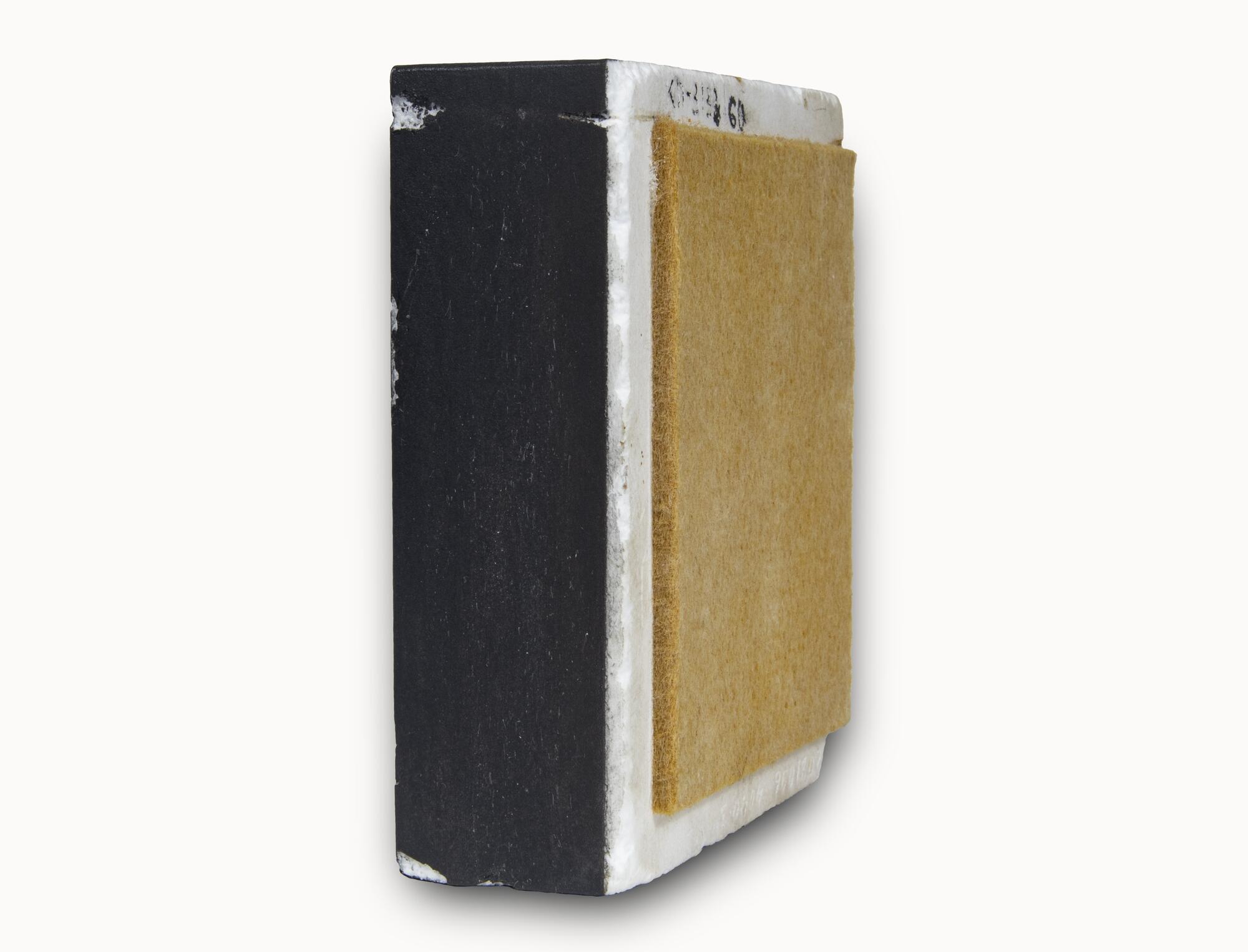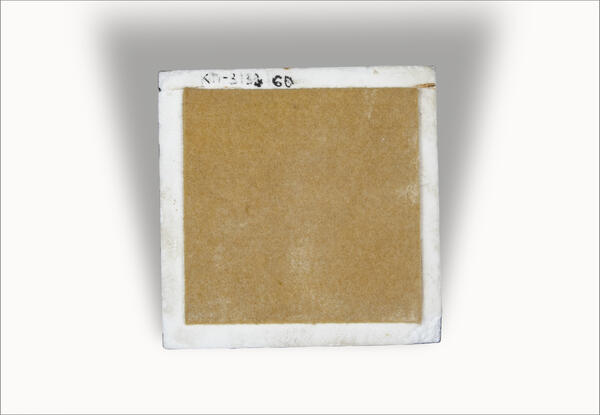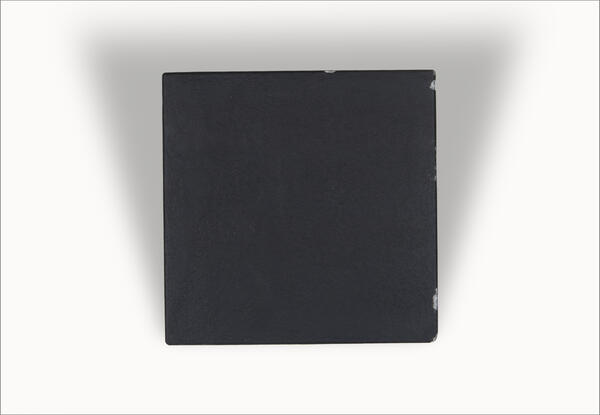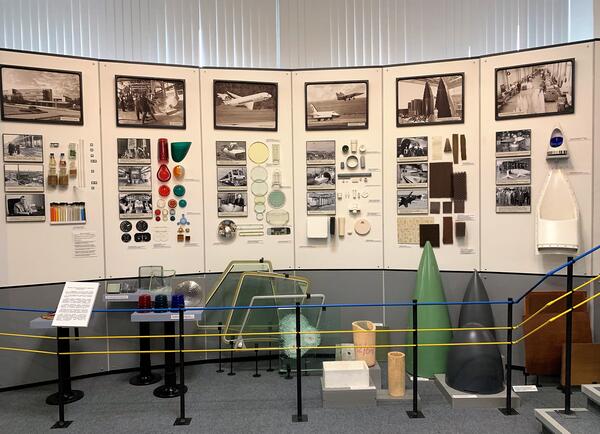The Soviet Buran orbiter was designed as a counter to the American Space Shuttle project. The Buran transport spacecraft was designed to carry a crew of up to 10 people into space for one hundred missions. It was designed to transport people and cargo into and out of orbit, and to expand the military capabilities of space.
Soviet scientists began developing the Buran in 1976. At the same time, a crew was being trained for a new top-secret program. Of the seven pilots, three died during testing and training. The full-size version of the Buran, equipped with turbojet engines, was successfully flown, but the real spaceplane was to leave the Earth’s atmosphere.
The Obninsk research and production enterprise Technologiya produced tiles for the hull of the Buran. The heatproof ceramic material, TZMK, was made of ultrapure quartz fiber. The tiles could withstand temperatures from -150 °C° to +1 100 °C° and their sharp fluctuations. The total weight of the Buran’s protective cladding was nine tons, with the spacecraft weighing 100 tons.
The tiles were attached to the surface of the spacecraft with a special glue — the coating was very strong and the possibility of the tiles breaking off during the flight was reduced to zero. The glue was developed at the same company specifically for the metal hull of the Buran. Soviet physicists and chemists took into account the tragic experience of the American Space Shuttle, which burned up in the thick layers of the atmosphere after losing several heat-proof tiles.
Soviet scientists began developing the Buran in 1976. At the same time, a crew was being trained for a new top-secret program. Of the seven pilots, three died during testing and training. The full-size version of the Buran, equipped with turbojet engines, was successfully flown, but the real spaceplane was to leave the Earth’s atmosphere.
The Obninsk research and production enterprise Technologiya produced tiles for the hull of the Buran. The heatproof ceramic material, TZMK, was made of ultrapure quartz fiber. The tiles could withstand temperatures from -150 °C° to +1 100 °C° and their sharp fluctuations. The total weight of the Buran’s protective cladding was nine tons, with the spacecraft weighing 100 tons.
The tiles were attached to the surface of the spacecraft with a special glue — the coating was very strong and the possibility of the tiles breaking off during the flight was reduced to zero. The glue was developed at the same company specifically for the metal hull of the Buran. Soviet physicists and chemists took into account the tragic experience of the American Space Shuttle, which burned up in the thick layers of the atmosphere after losing several heat-proof tiles.






